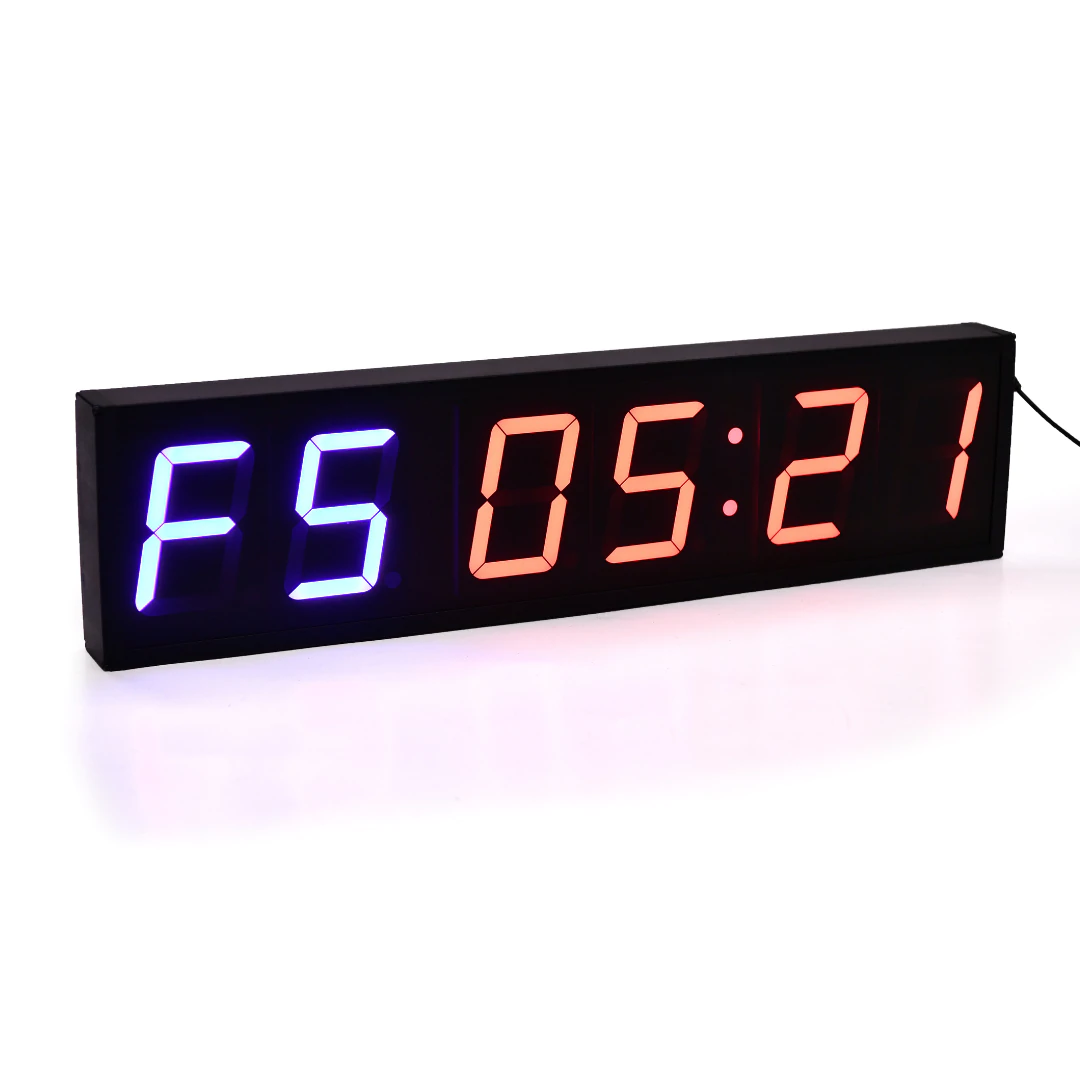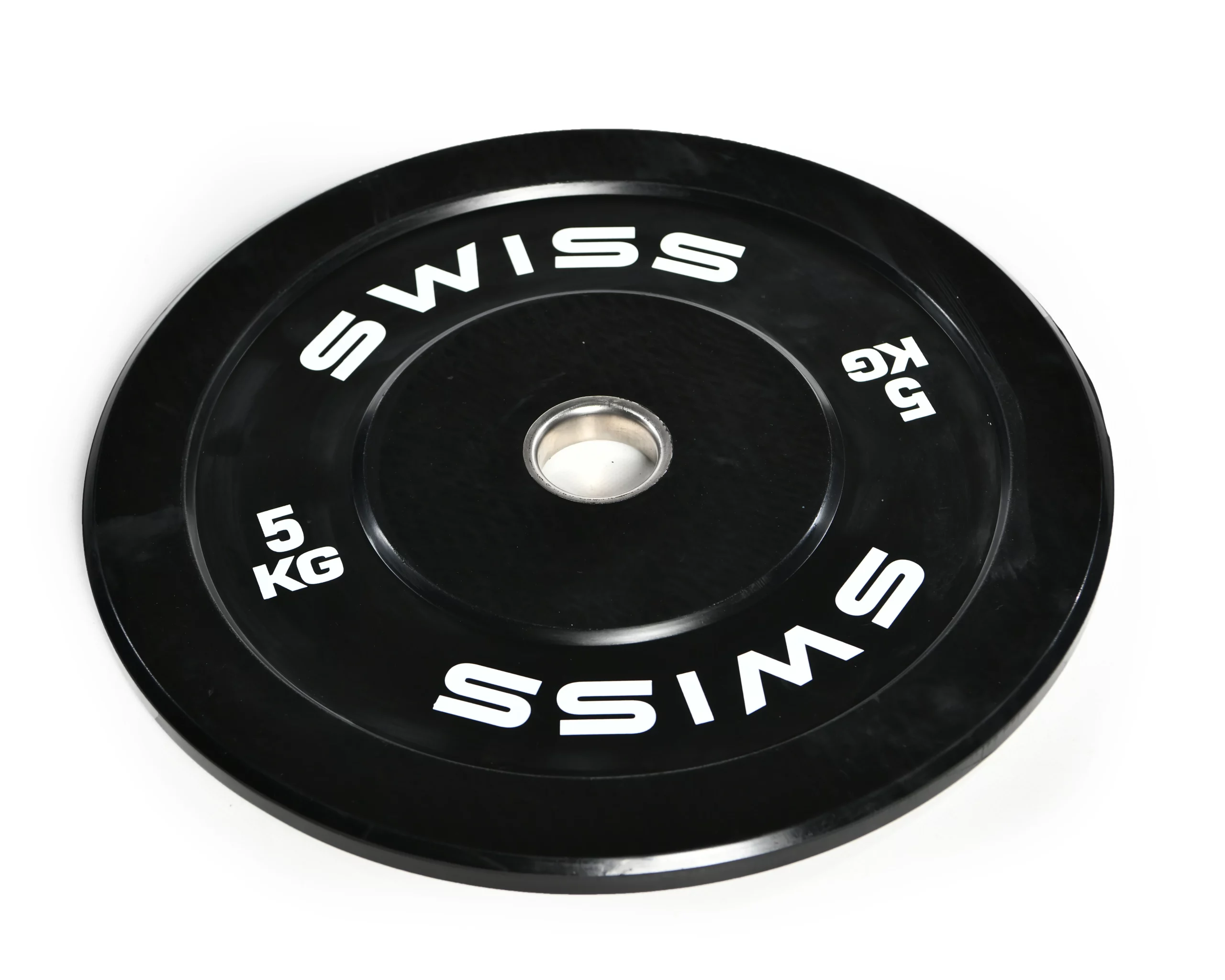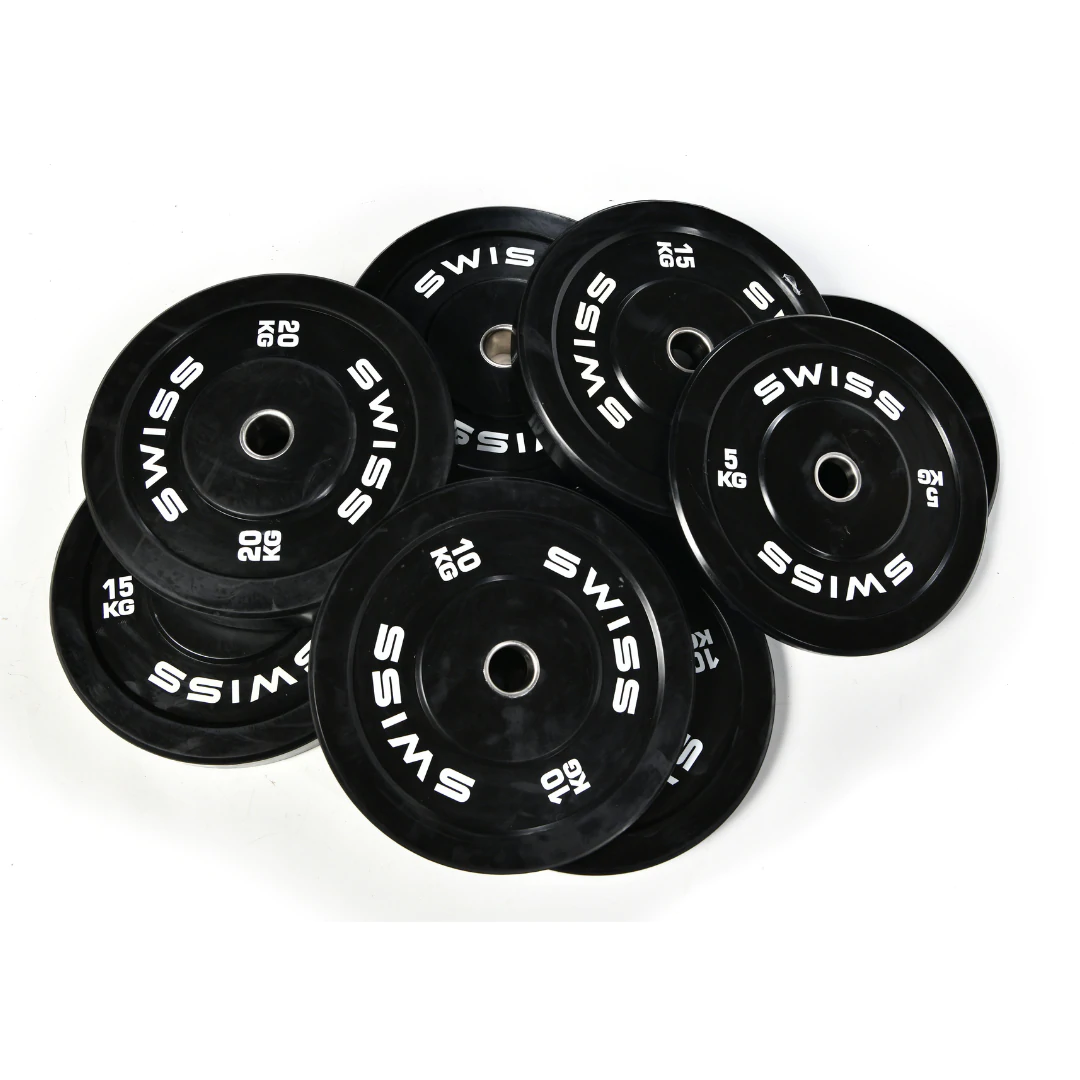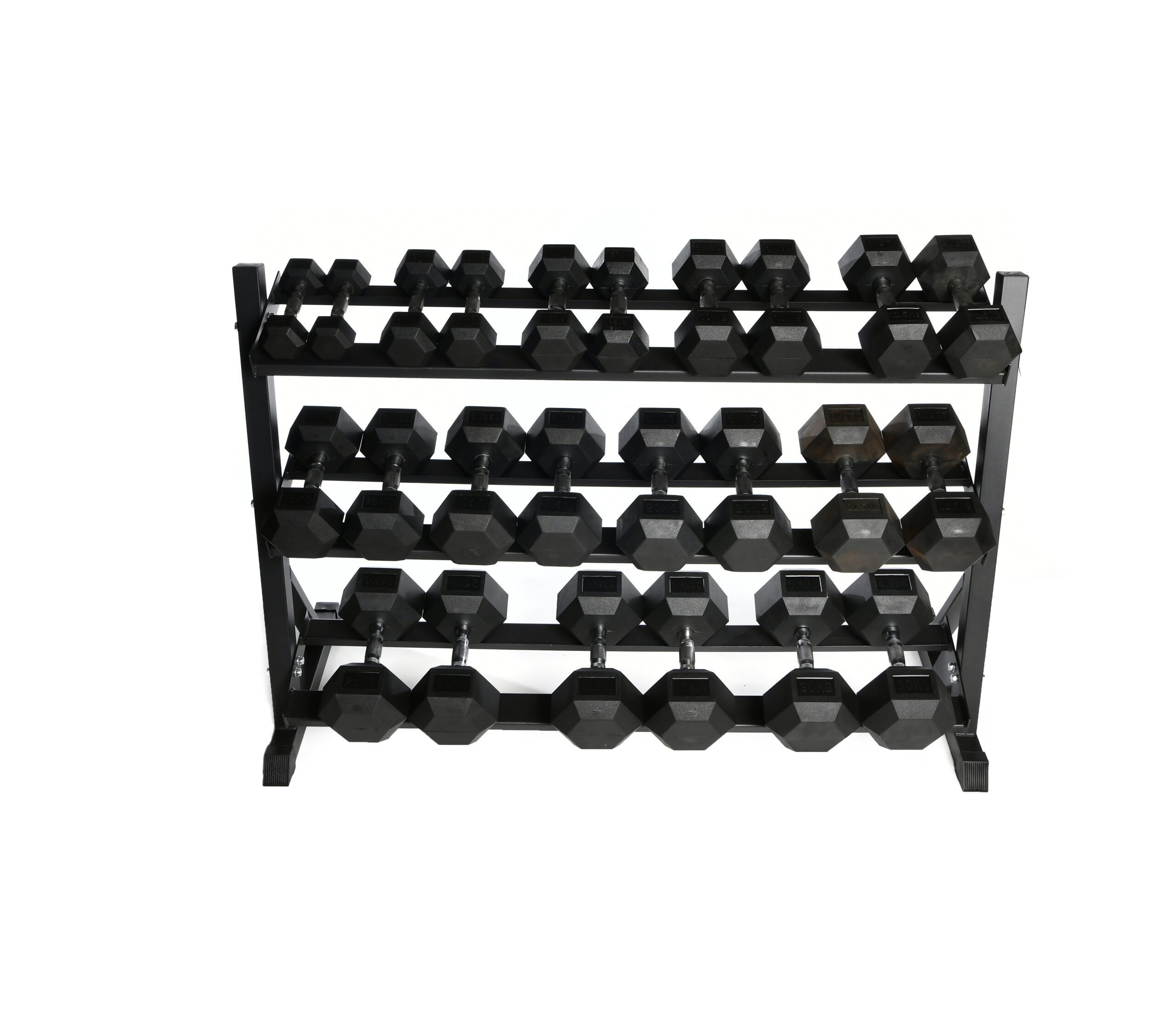At Completegyms, we are proud to offer you this belt squat from Swiss.
Why not load this up with Olympic Plates
Check out this video – Video
Looking for a squat variation to help you maximize quad development while taking it easy on your back?
Enter the belt squat.
Done either with a belt (dangling plates below you between two platforms) or on a dedicated belt squat machine, there are lots of things to love about this exercise.
In this article, we are going to tackle the main benefits of doing belt squats, a couple of disadvantages to keep in mind, and answer your belt squat benefit questions.
Let’s jump right in and get to belt squattin’!
Benefits of Belt Squats
The belt squat machine is a relatively new addition to neighborhood gyms, although it’s been used for years in the DIY form by powerlifters.
Here are the main benefits both experienced and novice lifters can benefit from the belt squat on leg day:
Easier on your back
The primary benefit of belt squats compared to barbell squats (whether we are talking about back squats or front squats) is the load is moved from the upper body to the hips.
Similar muscular demands compared to back squats
The main muscles worked when doing squats are the quadriceps, a group of four muscles that run along the front and side of your thighs, from your hips to your knees.
Belt squats, in a head-to-head comparison with back squats, activated the quads comparably to the traditional squat. Hamstring activation, as well, was similar, and so was plantar flexor activation.
They did differ in glute activation, however, which we will discuss shortly and that this can actually work as a benefit.
After all, the reduced muscle activation outside of the target muscles (quads) means that you will recover faster compared to more demanding exercises like deadlifts and back squats.
Basically, you get many of the same muscle-building benefits of squats without being crumpled up physically and requiring three days of recovery before your next workout.
Better for lifters with injured trunk musculature
One of the reasons that barbell back squats are top dog is because they are nearly a total body workout.
While they are predominantly a lower body exercise—your quads are working the elevator, after all, controlling the descent and the ascent of the movement—there is lots going in the rest of your body, too.
Your upper body and core musculature are working hard to keep the bar stable on your shoulders.
For lifters with injured core muscles, a belt squat is a great way to target the quads without placing undue stress on the core.
Good for lifters with limited shoulder mobility
Gripping the barbell when doing barbell squats is kinda important! And for many athletes and gymgoers, not an issue.
But for those lifters who limited in terms of shoulder mobility, whether because they cannot externally rotate to properly grip the barbell or they have an injured shoulder (happened to me more times than I can count during my competitive swimming career!), belt squats take shoulders completely out of the equation.
There are other ways you can skirt around the shoulder mobility issue, including using safety squat bars, or doing dumbbell squats, but the belt squat truly takes the shoulders and put them on the bench.
Safer than barbell squats
I really like this product because of the safety factor. Belt squats are easy and safe to ditch when failing a rep.
There’s perhaps nothing funner than going heavier than cement on squats, feeling our knees quiver as we unrack the bar from the squat rack, and descend into lower body hypertrophy and epic strength.
Safety never takes a holiday, and safety is one of the best features of leg machines at the gym compared to free weights.
A database that tracks hospital visits in the United States found that over a period of twenty years, nearly 90% of the visits to the ER were people injuring themselves with free weights at the gym.
With the resistance (either plates or a pulley system), belt squats provide a degree of safety you won’t find with dumbbells and barbells.









Reviews
There are no reviews yet.